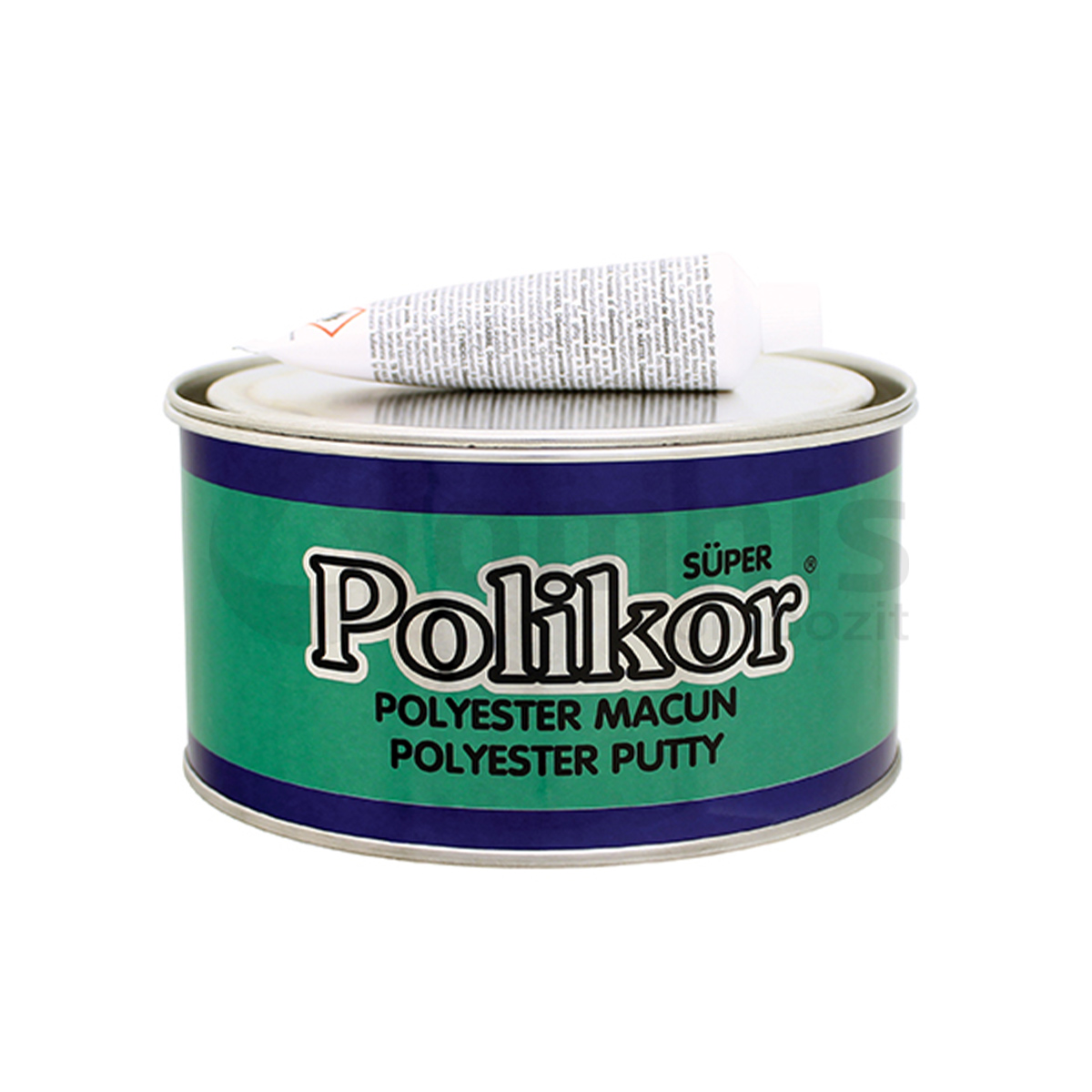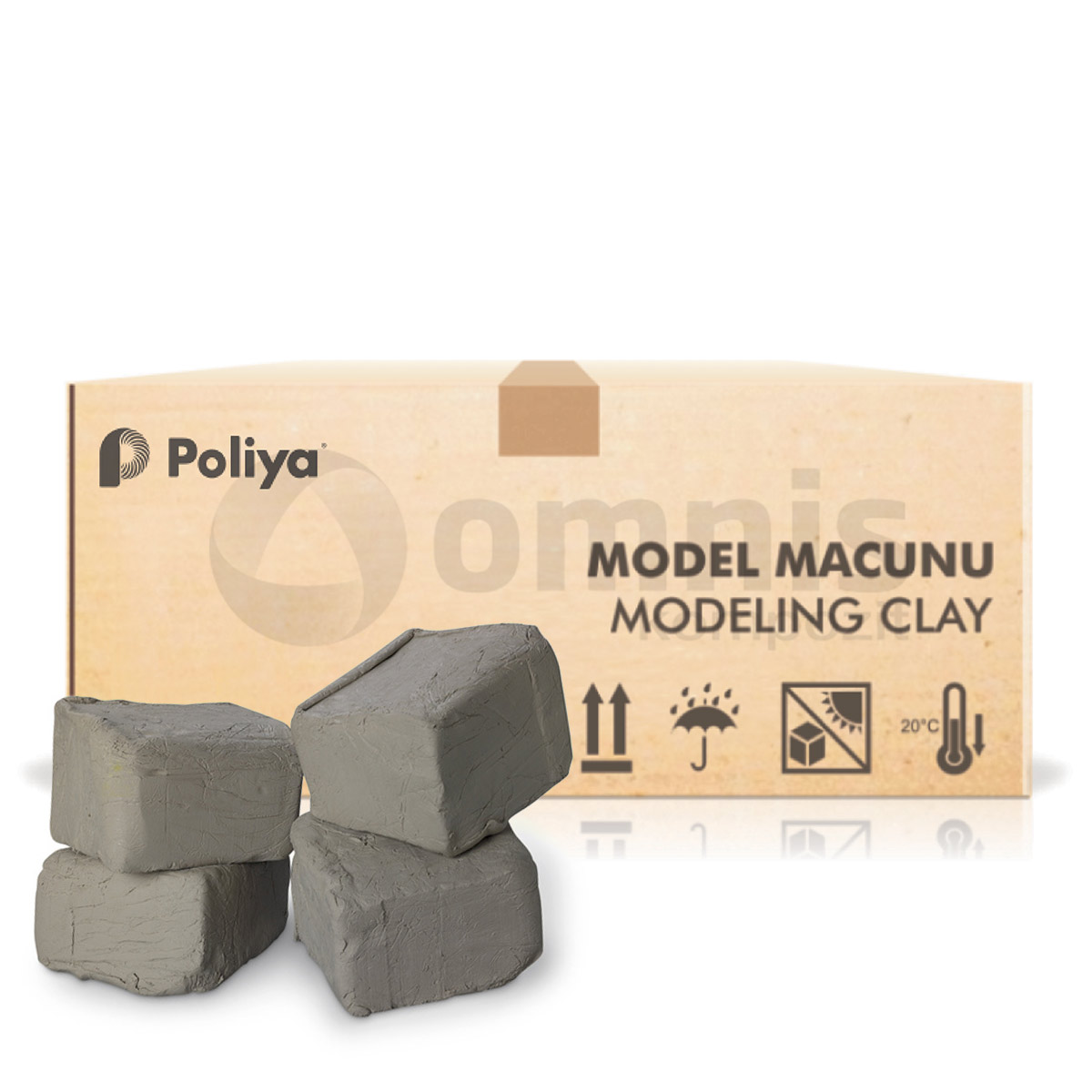Pastes
Polyester paste is a versatile, high-strength bonding material widely used in various applications, from automotive body repairs to marine and industrial maintenance. Formulated from a blend of polyester resin, hardener, and fillers, this paste offers exceptional adhesive properties, enabling it to bond with numerous surfaces effectively. Its unique composition allows it to be easily applied, shaped, and finished to meet the exact requirements of any project. It is celebrated for its durability, resistance to shrinkage, and excellent compatibility with a wide range of materials, making it an indispensable tool in the composite manufacturing sector. Whether you're patching up minor imperfections or undertaking major repairs, polyester paste delivers a reliable and high-quality solution that professionals and DIY enthusiasts alike trust.

Polyester Putties
View Product
Model Paste
View ProductHow is It Used in Composite Manufacturing?
In composite manufacturing, it plays a crucial role as a bonding agent, filler, and repair material. Its ability to adhere to various substrates, including fiberglass, metal, and wood, makes it an ideal choice for creating and repairing composite components. Manufacturers leverage polyester paste to fill voids, smooth out surface imperfections, and join parts with precision and strength. Its thixotropic properties ensure it stays in place during application, even on vertical surfaces, allowing for intricate work and detailed shaping. The use of polyester paste in composite manufacturing streamlines production processes, enhances the quality of finished products, and provides a cost-effective solution for achieving high-strength, lightweight, and durable components.
What are the Main Advantages of Using Polyester Paste?
The main advantages of using polyester paste are manifold, positioning it as a preferred choice for professionals across various industries. Its excellent adhesion capabilities ensure a strong bond with multiple types of surfaces, making it versatile for diverse applications. It is also known for its ease of use; it can be easily mixed, applied, and shaped to fit the specific needs of a project, saving valuable time and effort. Furthermore, its superior durability and resistance to environmental factors like moisture, chemicals, and temperature fluctuations make it suitable for long-term repairs and constructions. The economic efficiency of polyester paste, combined with its exceptional mechanical properties, offers an unbeatable solution for both simple fixes and complex fabrications.
Can Polyester Paste be Used for Both Interior and Exterior Applications?
Absolutely! It is designed for flexibility and resilience, making it perfectly suitable for both interior and exterior applications. Its composition provides strong resistance to water, UV light, and temperature changes, ensuring longevity and durability in various environmental conditions. Whether you’re dealing with indoor repairs or outdoor constructions, polyester paste offers a reliable solution that maintains its integrity over time. Its adaptability to different climates and settings underscores its versatility, making it a go-to material for projects that demand high performance and aesthetic quality.
How Do You Prepare Surfaces Before Applying Polyester Paste?
Proper surface preparation is key to ensuring the optimal adhesion and performance of polyester paste. Begin by thoroughly cleaning the area to remove any dirt, grease, or existing coatings that could interfere with the paste’s bonding ability. Sanding the surface provides a rough texture for better mechanical adhesion; use a suitable grit sandpaper to create an even, scratchy surface without damaging the underlying material. After sanding, clean the area again to remove any dust or debris. Ensuring the surface is dry and free of contaminants before application is crucial for achieving the best results with paste.
What is the Curing Process for Polyester Paste?
The curing process for paste involves a chemical reaction initiated by mixing the paste with a hardener or catalyst. This reaction causes the paste to harden and solidify, transforming it into a durable, solid material. The curing time can vary depending on the product formulation, ambient temperature, and the amount of hardener used. Generally, polyester paste begins to cure within minutes of application and reaches significant strength within hours. Full curing, where the material achieves its maximum hardness and durability, may take several days. It’s essential to follow the manufacturer’s instructions regarding the correct proportions and curing times to ensure the best performance of the paste.
Can It be Used for Structural Repairs?
Yes, it is highly effective for structural repairs due to its strong bonding properties and mechanical strength. It can fill gaps, repair cracks, and rebuild missing parts, restoring the integrity of the structure. When applied correctly, paste creates a bond that is often stronger than the original material, making it an excellent choice for repairing vehicles, boats, buildings, and other structures. However, it’s important to assess the extent of the damage and the load-bearing requirements of the repair to determine if paste is the most suitable material for the job.
How Does Polyester Paste Compare to Epoxy Fillers?
Polyester paste and epoxy fillers serve similar purposes but differ in key characteristics that make each suitable for specific applications. Polyester paste is favored for its quick curing time, ease of sanding, and excellent adhesion to a wide variety of materials, making it highly versatile for both professional and DIY projects. Its cost-effectiveness also makes it a popular choice for large-scale or frequent applications where budget considerations are paramount. Epoxy fillers, on the other hand, offer superior strength, chemical resistance, and durability, particularly in harsh environmental conditions. They bond exceptionally well to surfaces, providing a long-lasting repair solution for critical applications. While epoxy can be more complex to work with and requires a longer curing time, its resilience to water and chemical exposure makes it ideal for marine and industrial uses. Choosing between polyester paste and epoxy fillers depends on the specific requirements of your project, including performance needs, environmental exposure, and budget.
Can It be Sanded and Painted Over?
Absolutely, one of the remarkable features of polyester paste is its ability to be sanded to a smooth finish and painted over, making it an ideal choice for repair and finishing work. After curing, the paste hardens to a firm consistency that can be shaped and smoothed with sandpaper. Starting with a coarser grit for initial shaping and moving to finer grits for a smooth finish ensures a flawless surface ready for painting. The key to a professional-looking finish is to ensure that the polyester paste is fully cured and thoroughly sanded before applying any paint. This allows for the paint to adhere properly, resulting in a seamless and durable finish that can match the surrounding area perfectly. Whether you’re repairing a car, boat, or any composite structure, polyester paste provides a versatile and reliable base for both structural repairs and aesthetic finishing touches.
How Do You Achieve a Smooth Finish with Polyester Paste?
Achieving a smooth finish with polyester paste involves careful application and meticulous sanding. Start by applying the paste evenly over the area, using a putty knife or similar tool to fill any gaps or imperfections. Allow the paste to cure according to the manufacturer’s instructions; this is critical for achieving the best results. Once cured, begin sanding with a coarse grit sandpaper to remove any excess material and shape the repair. Progressively move to finer grits to smooth out the surface further. For ultra-smooth finishes, wet sanding with very fine grit sandpaper can be employed. This method helps to reduce scratches and achieve a surface that’s ready for painting or final finishing. Throughout the process, regularly clean the surface to remove dust and check your progress. Patience and attention to detail during sanding are key to achieving a professional and smooth finish with paste.
Can It be Used on Both Fiberglass and Metal Surfaces?
Yes, it is exceptionally versatile and can be used on both fiberglass and metal surfaces, making it an indispensable tool for repairs and fabrication in automotive, marine, and industrial applications. Its strong adhesion properties ensure a secure bond to both types of materials, providing a durable solution for filling dents, cracks, and other surface imperfections. Before applying paste to either surface, it’s crucial to prepare the area properly by cleaning and sanding to promote better adhesion. This compatibility with multiple substrates highlights the flexibility of paste, offering a single product solution for various repair needs across different materials.
What are the Storage and Shelf Life Considerations for Polyester Paste?
Proper storage and handling are essential to maintain the quality and extend the shelf life of polyester paste. The product should be stored in a cool, dry place, away from direct sunlight and extreme temperatures, which can affect its consistency and curing properties. The container must be tightly sealed to prevent contamination with moisture, which can prematurely initiate the curing process. Typically, an unopened container of polyester paste can have a shelf life of up to one year, although this can vary depending on the specific formulation and storage conditions. Once opened, it’s best to use the paste within a few months to ensure its performance remains optimal. Always refer to the manufacturer’s recommendations for storage and shelf life to achieve the best results from your polyester paste.


